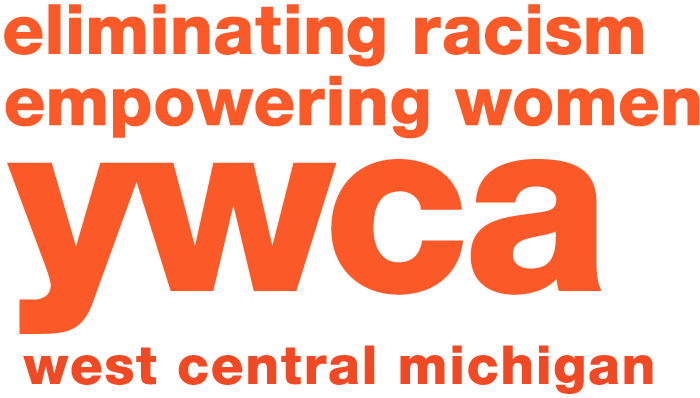Myths & Facts
If you are in immediate danger or feel unsafe, call 911.
YWCA 24-Hour Confidential Helpline
616.454.YWCA (616.454.9922)
Myth: Most children are abused by a stranger.
Fact: Ninety-three percent of abusers and offenders are known to the child. Seventy-seven percent are parents and 16 percent are other relatives or people close to the family in some way.
Myth: Incest and sexual abuse are most likely to occur or be found in low socio-economic, uneducated, non-white populations.
Fact: Incest and sexual abuse occurs in families of all classes, races, and socio-economic backgrounds.
Myth: Children lie or make up stories about sexual abuse.
Fact: While children do make up stories, they seldom lie about sexual abuse. Moreover, children who are not abused do not usually have explicit knowledge of intimate sexual behaviors. Most reports of child sexual abuse are true.
Myth: The child or youth is at fault for allowing the sexual abuse to happen.
Fact: Adults are responsible for their own behavior. A child or youth is never responsible for behavior displayed by an adult.
Myth: Children are sexually abused because their mothers are sexually unavailable to their fathers.
Fact: Offenders may have seemingly normal sexual relationships with their wives or partners and still abuse children.
Myth: Victims of incest or child sexual abuse are not harmed by the experience.
Fact: Without treatment, sexual abuse can cause the following problems: difficulty in trusting others, serious doubts of self-worth and low self-esteem, difficulty in forming healthy sexual relationships later in life, destructive compulsions toward violent retribution, substance abuse, truancy, and prostitution.
Myth: Sexually abused children are scarred or damaged forever.
Fact: While most victims suffer from short-term problems and many have suffered severe long-term effects of childhood sexual abuse, many have gone on to lead productive, normal lives. Early intervention, support, and treatment are integral in the success of the children surviving childhood sexual abuse.
Resources:
Children’s Assessment Center
SIECUS, Sexuality Information and Education Council of the United States
CASATP, Central Agencies Sexual Abuse Treatment
